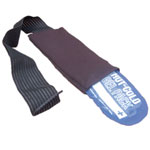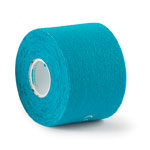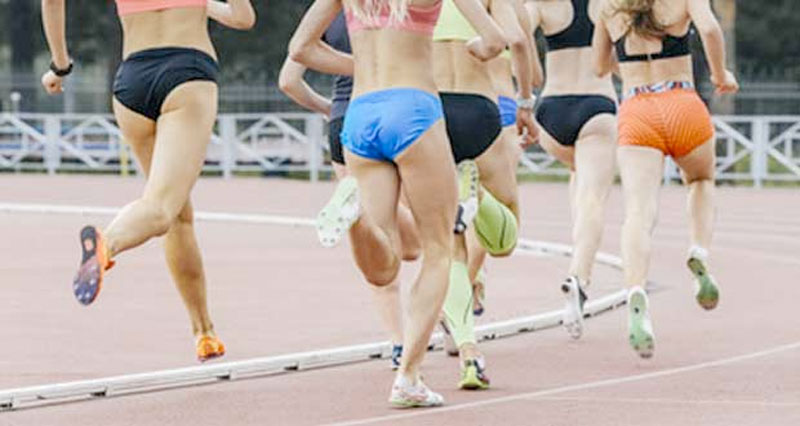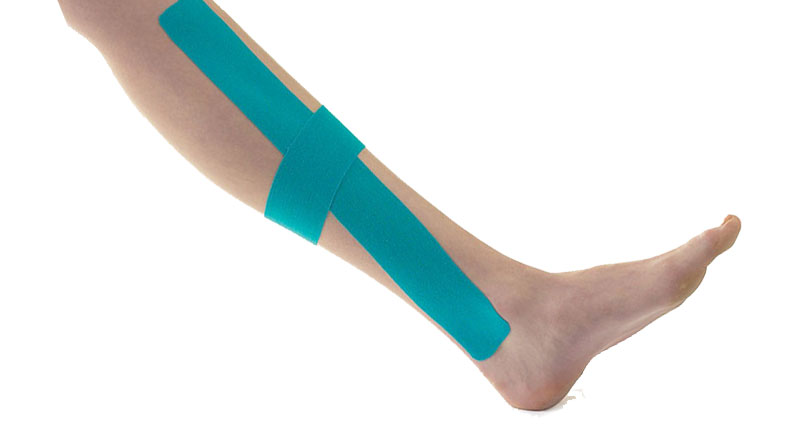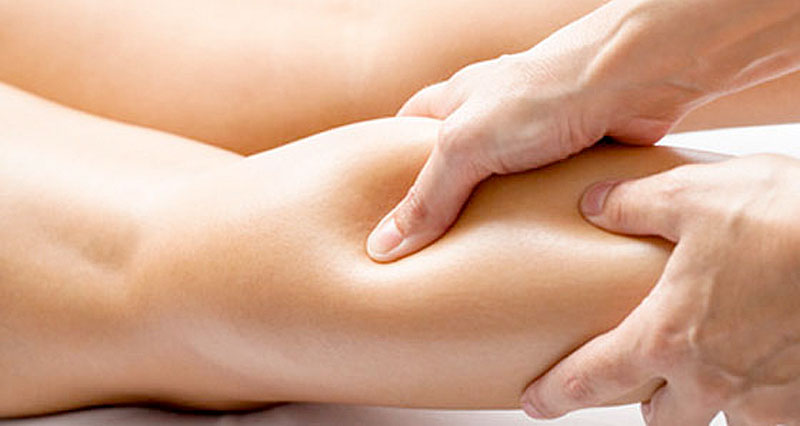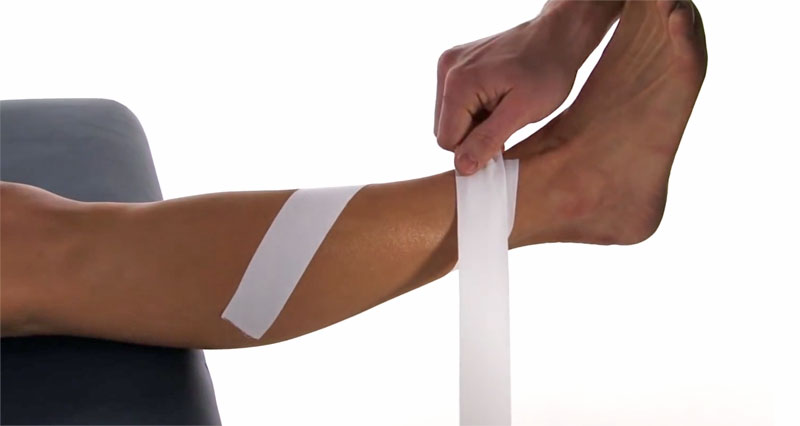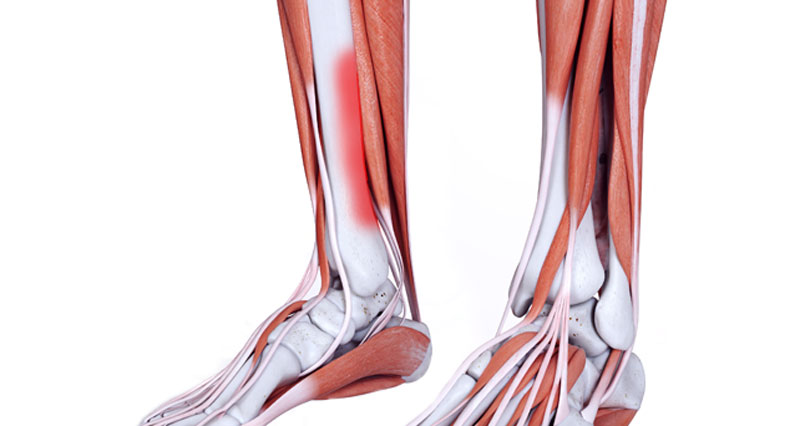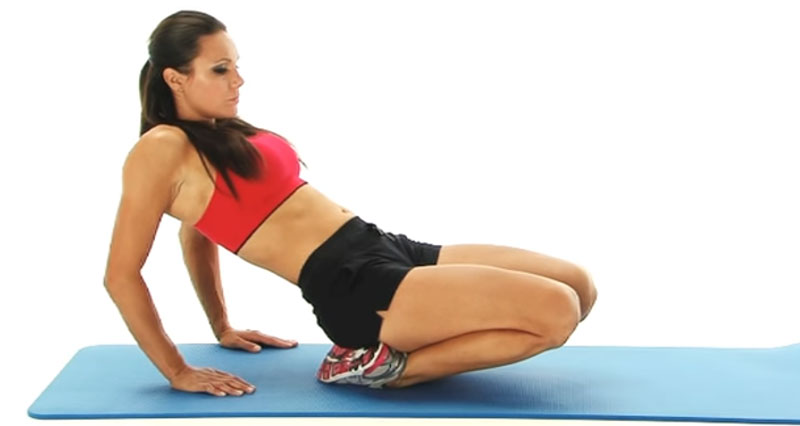Our Shin Splints treatment & rehabilitation program consists of four phases created by elite-level Sports Physiotherapist Paul Tanner. It is based on what he would do with professional athletes but adapted for use by anyone.
The aim of shin splints treatment is to reduce pain and inflammation, eliminate causes and gradually return to full fitness. The program is criteria based so you start at the beginning of phase 1 and only progress on to the next phase if you reach the specific exit criteria for that phase.
Shin splints is a general term used to describe chronic shin pain. The most common cause is medial tibial stress syndrome.
We recommend seeking professional advice if you are unsure before attempting any rehabilitation exercises.
Shin splints treatment phase 1
The aim of phase 1 is to reduce pain and inflammation.
Cold therapy
Apply cold therapy and compression for 10 mins every 2 hours, or a minimum of 3 times per day. Do not apply ice directly to the skin as it may cause ice burns. Use a wet tea towel or commercially available cold therapy compression wrap.
Rest
Complete rest for at least a couple of days. However, you made need to rest for a week. This gives the pain and inflammation a chance to settle down.
Taping
Apply taping daily, especially if you are on your feet. The aim of treating shin splints with taping is to reduce pain on the inside of the shin. It does this by supporting the muscles and reducing traction forces over the tibia (shin bone).
Often shin pain is caused by inflammation of the periosteum (sheath surrounding the bone). Tape pulls the muscles towards the bone. This supports the muscles and reduces traction forces on the periosteum (outer bone layer).
Phase 1 Exit criteria
To move onto phase 2 of our Shin Splints treatment program you must have:
- No pain in daily activities including walking
- Applied cold therapy and rested for at least 2 days
- Little or no tenderness when pressing in over the painful area
Shin splints treatment phase 2
During phase 2 of shin splints treatment we aim to continue to reduce pain, relax the lower leg muscles and identify possible causes. It consists of:
- Cold therapy
- Taping
- Foam roller exercises
- Stretching exercises
You can progress to stage 3 when:
- Walking is pain-free
- Any swelling has gone
- At least 5 days post-injury/rest, up to 10 days
Phase 3 shin splints treatment
During phase 3 we continue to protect the area and improve the condition of the muscles. However, whilst continuing with treatment methods we gradually return you to running.
Phase 3 comprises:
- Hot & cold therapy
- Taping
- Massage techniques
- Stretching exercises
- Strengthening exercises
If you can walk (5kph) for 20 mins pain-free with no reaction the following day you are ready to move on to phase 4.
Phase 4
The aim of phase 4 is to increase your running to normal training distances. If you are involved in team sports then we introduce agility drills.
Phase 4 comprises:
- Hot & cold therapy
- Taping
- Massage
- Stretching exercises
- Strengthening exercises
- Movement control exercise
- Running progressions
Continue in phase 4 until you are fully fit. You can consider this program completed when you have completed 4 weeks of normal training.
Program author
Paul Tanner
Paul is head of Medical Services at Millwall Football Club, dealing with all aspects of match and training day sports physiotherapy and medical cover.
His career also includes First Team Physio at Norwich City Football Club and Senior physiotherapist to London Wasps Rugby first-team squad.

